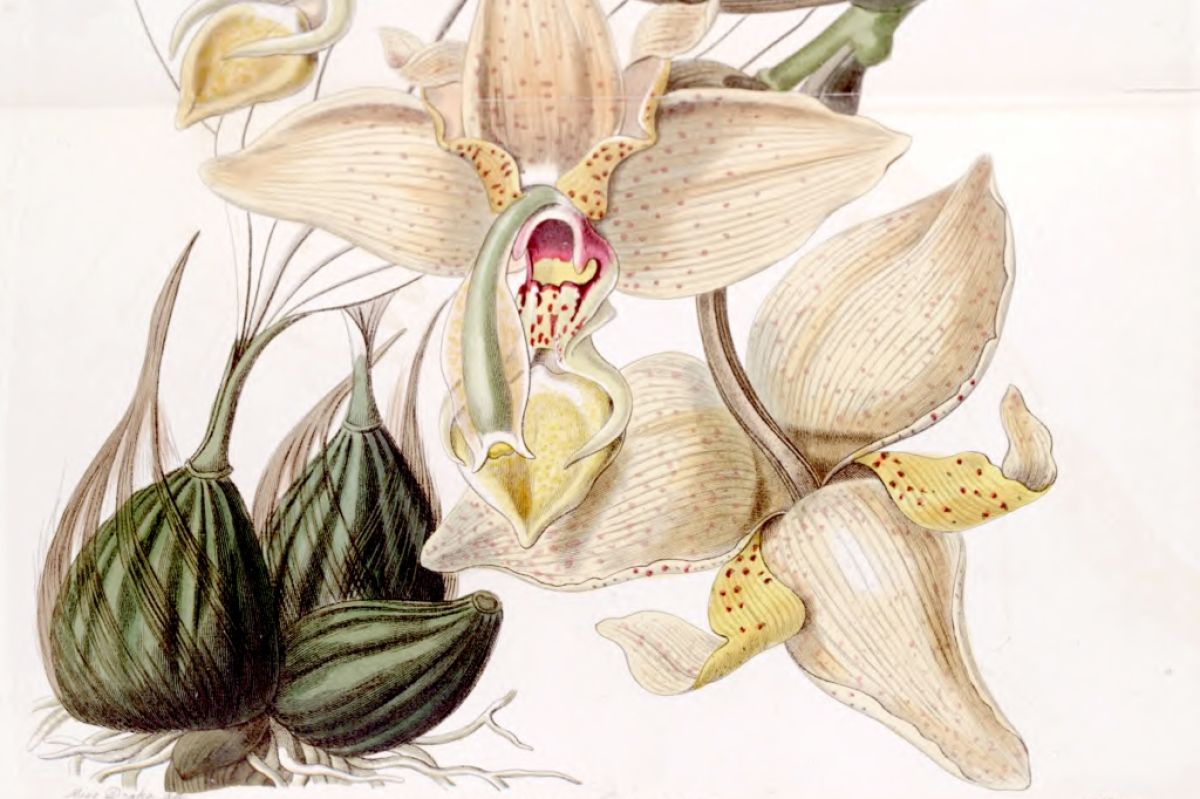Illustrators have always been important for the documentation of botanical specimens because plants are not long lived. Before the invention of photography, illustrations of uncommon plants, in particular, were crucial. Women, especially in earlier times, were thought to be especially well suited for drawing specimens accurately. They were seen as patient, careful, and willing to work for little pay.
Sarah Anne Drake (1803-1857) was first a governess in the home of botanist John Linley. After she studied botany, Drake began to illustrate many of Linley's books. Though her work was rarely acknowledged, Linley did name some rare orchids after her. Little is known of her after 1847, though it is assumed she died because of toxins ingested from her brush. In those times it was a common practice to lick brushes to make the ends into a point.
Another artist, Augusta Withers (1791-1876), was famous for contributing to many famous texts. In 1830, she was appointed Flower Painter for Queen Adelaide, but after the Queen died she had no work. Her husband became blind, and she could not find enough paying work to support them. She appealed to Queen Victoria who appointed her Flower and Fruit Painter in Ordinary and bought some of her paintings. Nevertheless, she still had to pawn most of her previous work, but even so was declared bankrupt and died, penniless, a few years after her husband.
This is Moya Andrews, and today we focused on early botanical artists.










